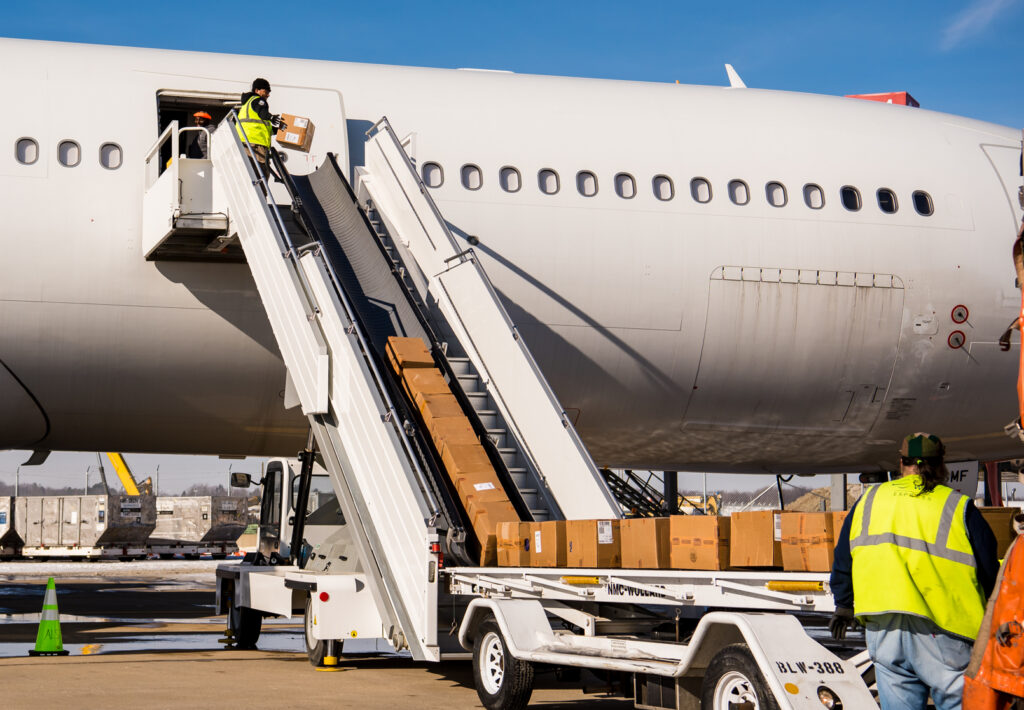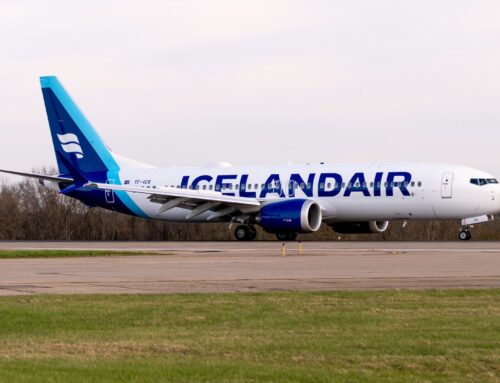PIT Starts Year with Strong Gains
Airport shows increases in both passenger, cargo traffic
By Bob Kerlik
Published April 25, 2022
Read Time: 3 mins
Pittsburgh International Airport reported strong passenger and cargo gains in the first quarter this year, including continuing signs that business travel is returning.
Officials reported that passenger traffic increased 101 percent in the first quarter of this year compared to 2021. In total, more than 1.6 million travelers passed through PIT during the first three months of 2022.
“As the airlines bring back service, passengers are responding. That’s great. Spring break was strong. People have a lot of pent-up demand,” said Allegheny County Airport Authority CEO Christina Cassotis. “They want to go somewhere, and they got on planes to do it.”
As for business travel, Cassotis pointed to American Airlines, which is back to about the same level of service it had in March 2019. Additionally, United Airlines restarted its nonstop route to San Francisco from PIT, an important flight connecting the growing Pittsburgh tech community to Silicon Valley.
Increased passenger traffic on the legacy airlines “tells us that business travel is coming back,” she said.
Passenger traffic at PIT has continued to grow since the industry took a major hit during the pandemic and is now about 81 percent of what it was in March 2019, the year prior to the pandemic. The industry is seeing similar gains nationwide.
Cassotis also noted continued passenger gains from ultra-low-cost carriers Spirit and Allegiant, which are helping to grow the market, particularly as leisure demand continues to be strong.
Through the first quarter, those two carriers combined accounted for about 14 percent of total passengers. American carried the largest share of passengers, at 26.6 percent, closely followed by Southwest at 26.1 percent.
Cargo numbers up
The airport posted strong increases on the cargo side as well, including gains from Amazon and international carriers. The airport reported a 17 percent first-quarter increase over the same period a year ago. FedEx and UPS remain the dominant carriers, accounting for about 82 percent of total tonnage.

PIT reported a 17 percent first-quarter increase in cargo compared to the same period last year, attributed to growth from Amazon and international carriers. (Photo by Beth Hollerich)
Last week the airport awarded $44 million in contracts to build a state-of-the-art cargo facility, which is largely funded through federal and state grants.
The facility, known as Cargo 4, is a 77,000-square-foot cargo-processing facility and adjacent parking lot that is expected to be operational by 2024.
Additionally, in February airport officials announced the construction of an approximately 140,000-square-foot cargo building on the airfield as part of an agreement with developer Aeroterm, which will lease up to 8.77 acres of land to build the new facility at no cost to the authority. That building is expected to be operational by summer 2023, officials said.
The construction boom is being driven by an even larger cargo boom—volume was up nearly 30 percent in 2021 and totaled nearly 250 million pounds, making it the busiest cargo year at PIT since 2004, when it was still a hub for US Airways.
PIT’s cargo operations include domestic shippers as well as international firms. Last spring, PIT became part of the Amazon Air network, and the airline quickly added a second daily flight from the e-commerce giant.
The airport’s appeal for cargo lies in its geographic location, with easy proximity to both East Coast and Midwest population centers, as well as the speed and efficiency with which the air cargo community in Pittsburgh moves cargo through the airport. In short, using PIT saves logistics companies time and money compared to more congested airports, freight handlers say.
Cargo operations at PIT in 2021 generated more than $950 million in direct, indirect and induced economic impact for the regional economy, according to a study commissioned by the ACAA. In addition, more than 3,700 jobs were created as cargo serves as a multiplier for industries such as trucking and logistics.






